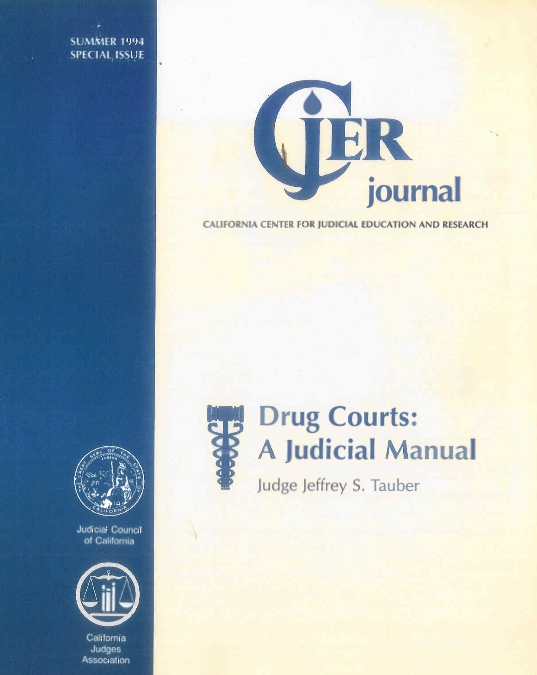Reprinted from January 2016
 Recent published articles suggest that some drug courts show a statistical preference for participants who have less serious criminal histories (ie. without violent incidents or mental health issues), are less drug dependent, and have substantial community resources to assist them (family, job, education, etc.). Basically the suggestion is that those who are truly “drug dependent” offenders (and more specifically “people of color”) are not getting into drug court or not staying very long.
Recent published articles suggest that some drug courts show a statistical preference for participants who have less serious criminal histories (ie. without violent incidents or mental health issues), are less drug dependent, and have substantial community resources to assist them (family, job, education, etc.). Basically the suggestion is that those who are truly “drug dependent” offenders (and more specifically “people of color”) are not getting into drug court or not staying very long.
The question then is, what is the appropriate “targeted population for drug court”? While the Drug Court field started out somewhat timidly dealing with less serious drug offenders, the research and experience of the past twenty years has proven conclusively the merit of working with those with longer criminal histories, more difficult personal issues such as illiteracy, mental illness, and lack of community resources, and critically, addiction/drug dependency (specifically, low risk offenders do not benefit, and in fact do worse than similar offenders who have not been placed in intensive treatment programs; University of Cincinnati)
But there are still some drug courts who prefer to focus on those with less serious drug problems. Those drug courts that are reluctant to take on the difficult drug dependent offender need to consider creating a drug court system that deals with their preferred clientel, but also provides separate tracks for those with more serious problems, specifically drug addiciton and mental illness (interestingly, researchers tell us that 60 to 80% of drug offenders are not “addicted or drug dependent”; see: Drug Court Systems, NDCI Monograph #2, J Tauber)
Consider this; If you don’t put the serious drug dependent offender in your drug court program you are impacting the program’s participant base (delaying entry by more than a week can by itself have a profound impact on your program’s demographics). You are increasing the number of participants who are most likely to stray from the program and return to drugs, and limiting the program’s availability to people who need it the most.





